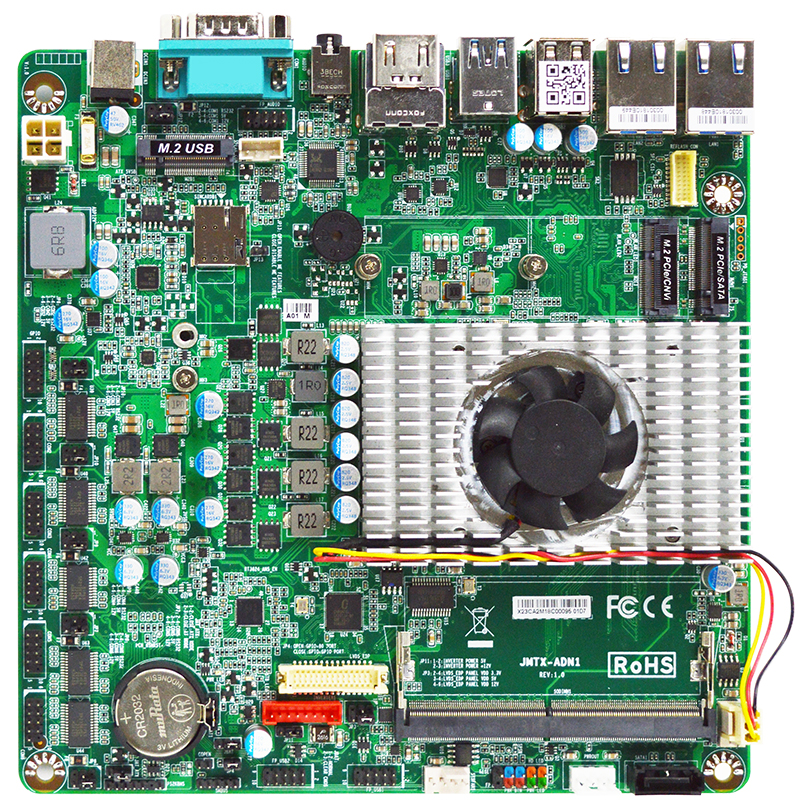As to "why", Microsoft needs to desperately get windows ready for Arm in general, ever since the Apple M1.
The degree of desperation and just what they are willing to do there, is where I don't see SBC support coming. After some initial follies on low-end hardware, they seem to follow the fruity cult yet again and focus on high-end devices. And I don't see a high demand for yet another rotten Apple.
Apple has proven that Arm laptops are viable and can be performant, while giving unprecedented battery life. Mainly that.
Yes, but while there are plenty of people out there who'd like an attractive ARM alternative PC, nobody wants another rotten...
Qualcomm is due to release the Snapdragon X Elite soon, and afaik that is the first serious attempt to create a working windows arm laptop that does not suck (finally)
Attempts there have been several, but...
But to me it will all depend on if they can make something like Rosetta 2 that will enable most old x86 and x64 software to work out of the box and not perform too badly.
I am not confident that that will work well initially and there are other problems like Win11 being still too bulky for Arm, drivers are terrible and doesn't look like they can be converted easily to arm, etc.
Actually that emulation seems to work. Of course it won't support all those AI ISA extensions, Intel is pushing

I haven't really tried much, because it's too hard to measure or get a feel for when software rendering just slows everything down too much.
And the main issue with the drivers isn't ARM as an ISA or that they are 'terrible', but the fact that there is all these completely distinct SoCs that share nothing but an ISA for the CPU portion: the effort of writing a GPU driver for a Mali 610 or RP VPU isn't that much easier as writing one for an RTX 4090 as the sales price difference would indicate. And they don't sell in Intel iGPU volumes, either.
There are Nvidia drivers for ARM, I believe (and Power) and I'd be tempted to try them with the Orange PI, since it's got a PCIe v3 x4 M.2 slot for which I have PCIe adapters (usually used for 10Gbit NICs).
But again, that would be mostly a curiosity thing, unless I fall for a
Graviton Ampere system one of these days.
But if the snapdragon is actually good and Linux works well on it, I cannot wait for a 18-24 hour laptop for videos and typing.
The funny thing there is that we already have these in our pockets. They are only missing a laptop chassis to put them into, some extensions to their OS to run a proper desktop and better I/O.
My OnePlus 11 with its Snapdragon 8 gen 3 SoC easily beats the RP5 and OP5 into a pulp with far less energy and bulk. Unfortunately they cheaped out on the I/O (USB 2!) and left out PCIe.
I just hate paying twice for essentially the same capabilities, when I really just want to be able to dock my smartphone into the touchpad area of a laptop shell for desktop work.
Some extra RAM for a bit of VMing, e.g.of Windows apps, and I'd be set. But that's a consumer's dream I've been chasing for a very long time now, nobody wants to sell you one device, when they can sell you an iPhone, an iPad, an iMac and an iUniverse!
Good thing they gave up on the iCar!




